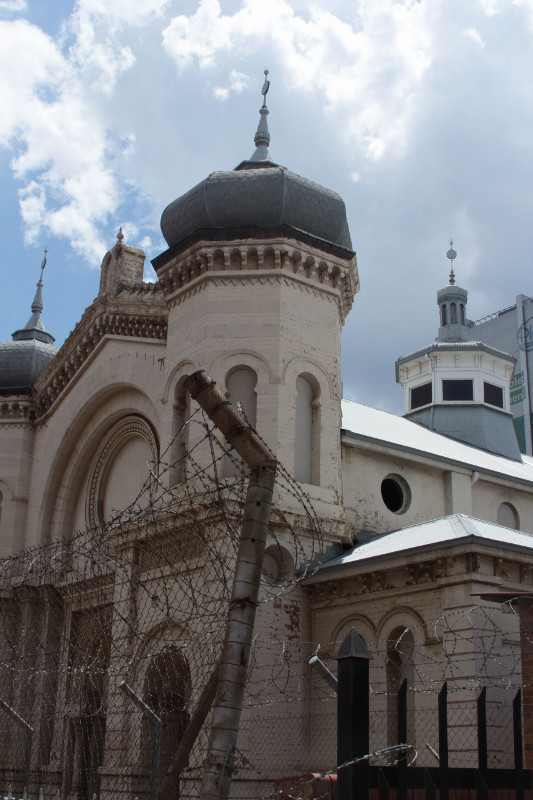The Old Synagogue of Pretoria: A Testament to History and Heritage
In the heart of Pretoria, South Africa, stands a relic of religious, architectural, and political significance – the Old Synagogue. As a testament to the perseverance and spirit of the Jewish community, this structure narrates a tale filled with moments of triumph, tribulation, and transformation.
During the early 1890s, Pretoria witnessed a surge in its Jewish populace. The burgeoning community, previously content with hosting religious ceremonies in the comfort of their homes and local halls, felt an increasing need for a dedicated sanctuary. By 1895, the community had secured a plot or 'erf', marking the genesis of the first Synagogue in Pretoria.
With architects summoned in 1897 to render the Synagogue's design, construction was swift. Benefiting significantly from the philanthropic contributions of Sammy Marks, a prominent businessman of the era, the Synagogue, built with bricks and state-of-the-art light fittings, welcomed worshippers for the first time on August 20, 1898.
Inspired by the Byzantine architectural style, the Synagogue boasts deeply recessed keyhole arches and minaret-adorned stair turrets. While the original vision was to encompass the entire structure with this ornate design, budgetary restrictions confined the Byzantine influence solely to the street facade. To further reduce costs, more affordable bricks and mortar were chosen over the more prestigious face brick and sandstone. Completing the Synagogue's aesthetic were beautifully crafted stained glass windows, cementing its status as a religious and architectural landmark.
The Pretoria Synagogue, though a beacon of hope and unity, was not immune to challenges. Financial difficulties and internal discord occasionally plagued the community. Sammy Marks' generosity often served as a fiscal lifeline. However, the persistent internal rifts led to the birth of the Adath Israel Synagogue in 1927. A union was eventually brokered in 1958, culminating in the creation of the Pretoria United Hebrew Congregation and subsequently a new Synagogue on Pretorius Street.
The winds of change swept the Synagogue again when the South African Government acquired the edifice with designs to convert it into a Supreme Court. This metamorphosis witnessed a £35000 transaction, alterations to the architectural ethos - including the bricking up of the stained glass windows, a paint makeover in typical government beige, and the installation of acoustic boards. An assemblage of new structures further changed the landscape around the Old Synagogue.
Within these walls were deliberated some of the nation's most critical judicial verdicts. Notable among these were the Treason Trial of 1956, marking the court's inauguration, The State vs Mandela that led to Nelson Mandela's sentencing, and the inquiry into Steve Biko's tragic demise.
Today, time has cast a shadow over the Old Synagogue. Ravaged by neglect, the building stands in stark contrast to its glorious past. Its wooden foundations, weakened with age, make navigation precarious. Yet, in recent years, the deteriorating roof underwent repairs to stave off further decay. Guarded from potential vandalism by a towering fence, its fate hangs in the balance.
Despite the uncertainty surrounding its future, one truth remains steadfast - the Old Synagogue is an invaluable national monument. Beyond its walls lies a rich tapestry of stories that have shaped the cultural, religious, and political landscape of Pretoria. While its future remains uncertain, its legacy as a historical touchstone is undeniable.
Further Reading
For further insights into the Old Jewish Synagogue, explore these resources:
